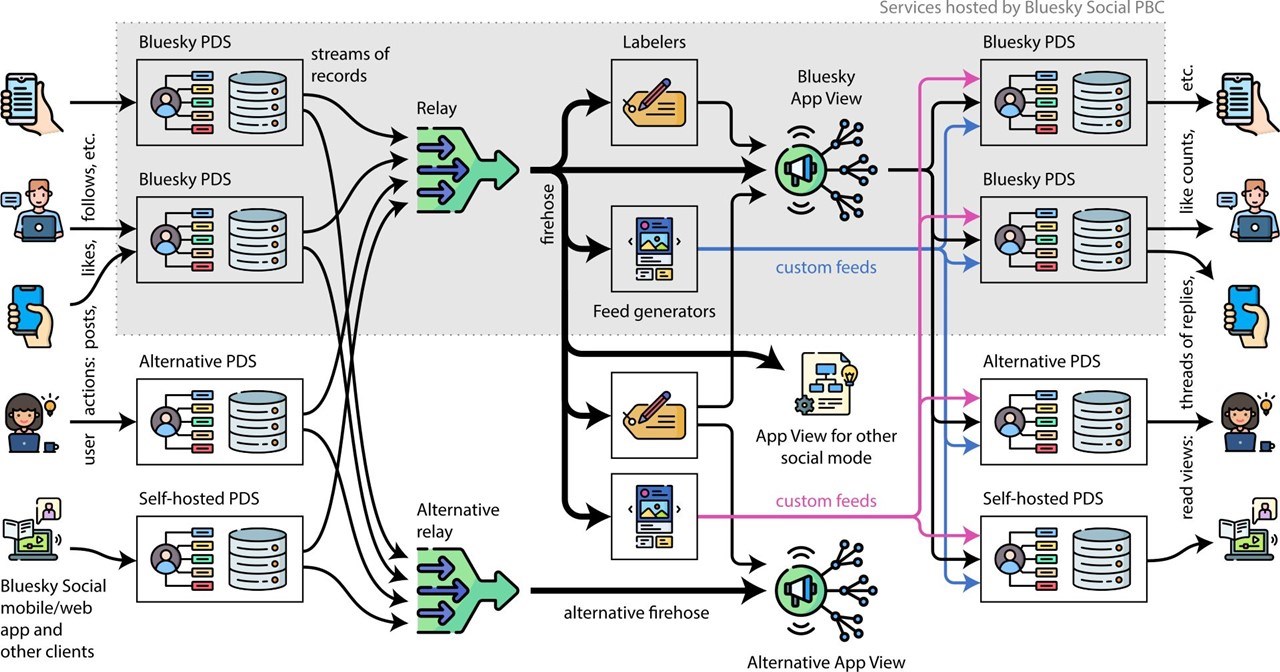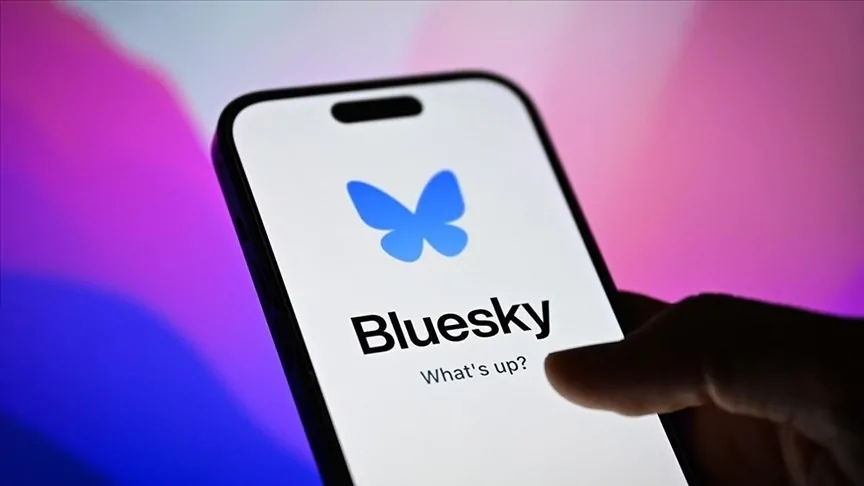X (formerly known as Twitter), which became the focus of controversy after Elon Musk’s acquisition, has offended a significant audience who do not like Musk’s political stance. This mass, which does not want to use X, has been searching for alternatives lately. Although Threads and Mastodon appear as notable alternatives at this point, they are the preferences of many users. Bluesky happened. Recently, there has been a significant increase in the number of active users of Bluesky.
10 Details to Know About Bluesky
Below you can find 10 noteworthy details about Bluesky, whose name we will probably start to hear more often in the coming period.
Developed by Twitter’s founder
See Full Size
The biggest difference from Twitter is its decentralized structure
In fact, Bluesky is not much different from Twitter in terms of operation. Here too, users must keep their messages limited to 300 characters. Messages can be liked or reposted by others. The differences between the two platforms emerge in the system running in the background and the algorithms that determine the user experience. Bluesky was first developed by Jack Dorsey within Twitter. AT Protocol (Authenticated Transfer Protocol) It uses the system called. The most important feature of this system is that it has a decentralized structure.
See Full Size
In the first stage, only those with an invitation could participate.
Bluesky It was first offered to users in February 2023. But in the first stage, there was only an iOS application and more importantly, not everyone who wanted could join this platform. Only those with an invitation could open a Bluesky account. This situation continued for a year. The platform was opened to everyone in February 2024.
There was an explosion in the number of users after the presidential election in the USA
When Donald Trump won the presidential election in the USA at the beginning of November, people, especially in the USA, who held Elon Musk responsible for this situation, said goodbye to X. This caused a significant increase in the number of Bluesky users. At that time approximately 1 million new users every day Bluesky reached 15 million active users a week after the elections. Next week this issue exceeded 20 million. Reaching a significant audience during this period, Bluesky has continued to grow steadily since then.
Famous names also migrated from X to Bluesky
See Full Size
Choose-like-buy your own algorithm
One of the main points where Bluesky differs from Twitter is that it offers alternative streams to its users. The platform contains alternative “feeds”, that is, content streams created by other users. By finding and selecting the ones that suit them best, users can control what kind of content they see when they enter the application. There are more than 50 thousand feeds created by different people on different topics.
Different domain names and personal servers can be used
Bluesky allows users to personalize the extension assigned to them on the platform using their domain names. Normally, when you subscribe to the platform, you are given a username with the extension “.bsky.social”. But those who own a domain can change the extension from “x.bsky.social” to that domain name. As a matter of fact, private domain names have now started to be sold directly within Bluesky. It is thought that this could turn into an important source of income for the company in the future.
On the other hand, Bluesky also allows you to store data such as your username, likes, private messages on your own servers. Users who do not want their data to be controlled by others can rent their own servers and store their Bluesky data there.
“skeet” instead of tweet
See Full Size
Bluesky is currently a non-profit company
Bluesky Social, which started its life as a company operating for the public good, still exists as a non-profit company today. However, just like OpenAI, they are expected to change their structure over time and turn into a commercial company. OpenaI, the company behind ChatGPT, was initially established in this way and later turned into a commercial company.
Jack Dorsey also left Bluesky
Jack Dorsey, who left Twitter at the time, also parted ways with Bluesky. Dorsey, who announced in May last year that he was no longer affiliated with Bluesky, later made statements criticizing the way the company was managed. Saying that Bluesky repeated the same mistakes as Twitter, Dorsey argues that the management has moved the company away from its original purpose. According to Dorsey, decisions such as moderating AT Protocol betray the purpose of this platform.
This news our mobile application Download using
You can read it whenever you want (even offline):






